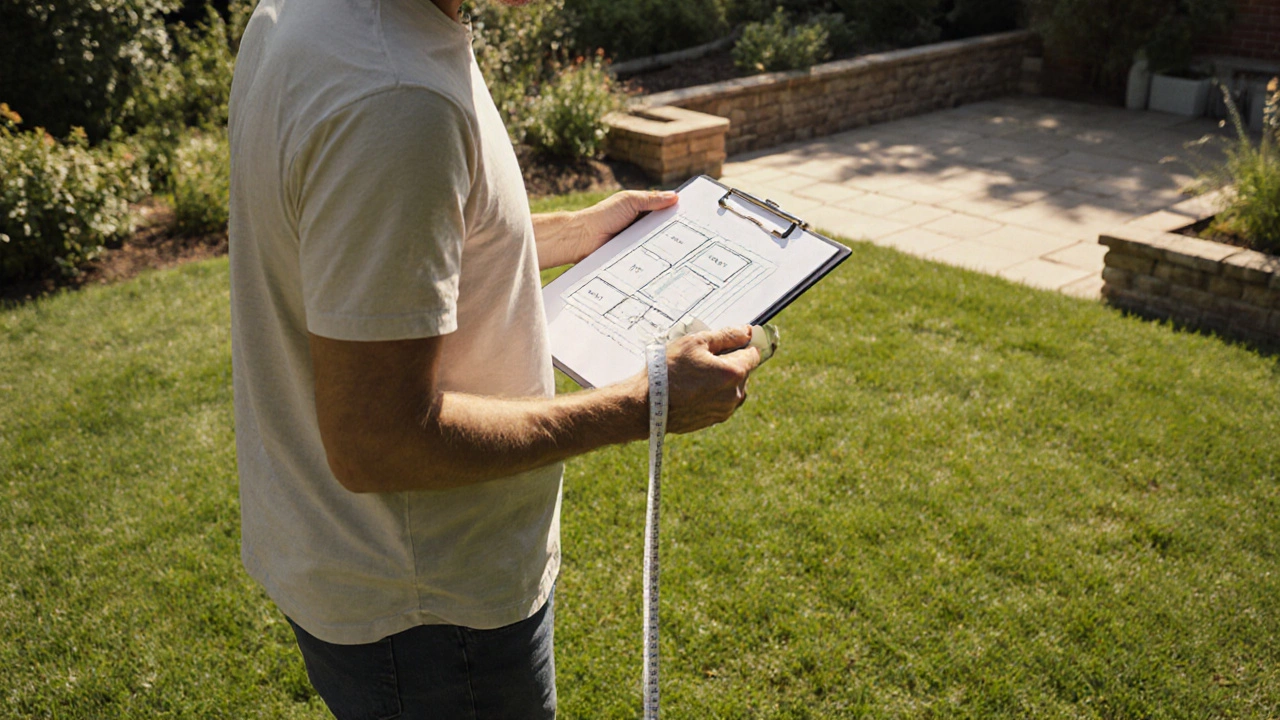Landscaping Costs: What You Need to Know Before You Start
When planning any outdoor makeover, landscaping costs, the total amount you’ll spend on design, labor, materials and site work. Also known as garden renovation expenses, it covers everything from digging a new patio to planting a backyard garden. Landscape contractor hourly rates, the pay charged per hour by professional landscapers are a core part of those costs. Regional pricing differences, the way location influences labor and material prices can swing the budget dramatically. Finally, material and equipment expenses, the price of plants, stone, lighting, and tools needed for the job complete the picture. Understanding these pieces helps you avoid surprise invoices.
Think of landscaping costs as a puzzle made of three main pieces: labor, materials, and scope. Labor is driven by the hourly rates of the crew you hire, and those rates vary by region, experience level, and the season. Materials range from cheap mulch to high‑end pavers, and each choice adds a distinct line item to the budget. Scope refers to how big the project is – a simple lawn refresh costs far less than a full backyard redesign with water features and lighting. When you add them together, you get a clear picture of the total spend. A common mistake is to focus on one piece and ignore the others, which often leads to overruns once the work starts.
Key Factors that Drive Landscaping Costs
First, landscape contractor hourly rates, the amount professionals charge per hour are influenced by location, crew size, and the complexity of the job. In metropolitan areas, rates can be 30‑50% higher than in rural zones. Second, regional cost variations, differences in local market prices for labor and materials affect every line item. For example, stone sourced locally may be cheaper than imported pavers, but the transport cost could offset the savings. Third, the choice of materials and equipment, the specific plants, hard‑scape elements, and tools used dictates long‑term maintenance costs as well as upfront spend.
Budgeting for a landscaping project works best when you treat it like any other home improvement: start with a realistic total, break it into categories, and then get quotes for each. Ask contractors for a detailed estimate that separates labor hours, material costs, and any contingency fees. Compare several quotes and look for patterns – if one quote is dramatically lower, ask where the savings come from; hidden fees often pop up later. Don’t forget to factor in permits if you’re installing structures like decks or retaining walls; those fees add up quickly in some councils.
Finally, remember that good planning can trim the bill without sacrificing quality. Re‑using existing hard‑scape, timing the work for off‑season months, and choosing native plants that need less water and care are proven ways to lower both upfront and ongoing expenses. By understanding how hourly rates, regional pricing, and material choices interlock, you’ll be able to set a clear landscaping budget, the total amount you allocate for the whole project and stick to it. Below you’ll find articles that dive deeper into each of these areas, offering real‑world examples, tip sheets, and cost‑breakdown tables to help you plan confidently.

